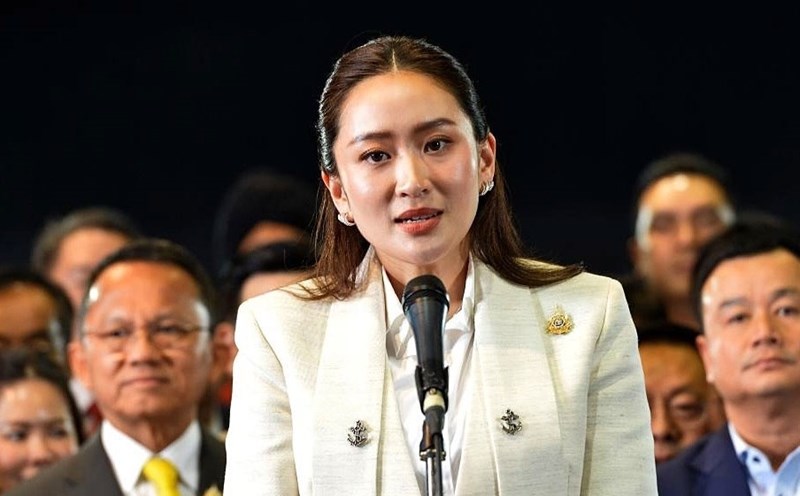According to the Central Bank of Russia's report on July 3, Russia's national foreign exchange reserves have reached 687.7 billion USD, the highest level ever.
This is a new record high, surpassing the previous peak of 687.3 billion USD recorded in early May. In June alone, Russia's reserves increased by nearly 9 billion USD, of which the last week of the month (ending on June 28) alone increased by 500 million USD thanks to "positive market assessment".
The data shows the surprising resilience of the Russian financial system, despite a series of sanctions from the US and Europe since 2022.
About half of the $687.7 billion, or more than $300 billion, is still frozen in the West, much of it at the Belgium-based payment institution Euroclear.
Euroclear has earned billions of euros in interest from frozen assets and transferred 1.5 billion euros ($1.7 billion) last year to support a $50 billion loan to Ukraine initiated by the G7.
The European Commission has since disbursed 7 billion euros from the loan, the rest of which is expected to be paid in continued profits from frozen Russian assets.
The EU is considering investing these assets in higher-yielding instruments, despite opposition from Germany and Italy due to legal and political risks.
Some EU officials have proposed setting up a common fund managed by the European Union to manage interest rates, avoiding direct appropriation of real estate. However, this proposal still faces concerns related to sovereignty exemption rights and legal precedent.
Russian President Vladimir Putin has strongly opposed the blockade and use of Russian assets. In a recent speech, he called this an act of "theft".
Mr. Putin warned that if the assets are seized, Russia will take retaliatory measures commensurate with the Western investments and assets present in Russia. At the same time, this will prompt Moscow to continue to shift away from Western financial systems, prioritizing regional payment mechanisms and new partners.
Russia's foreign exchange reserves include foreign currency, gold reserves, specialising withdrawal (SDR) rights from the IMF, and other financial assets. A sharp increase in reserves is considered a long-term strategy to deal with geopolitical instability and international financial risks.
Although most of the assets are frozen, the rest are still enough to help Russia maintain exchange rates, control inflation and stabilize the balance of payments. According to analysts, the possibility of accumulating foreign exchange reserves under sanctions reflects the significant adaptation of the Russian economy over the past three years.











